Spider Bites: What You Need to Know-Προφυλαχθείτε από το δάγκωμα της αράχνης
Spider Bites: What You Need to Know
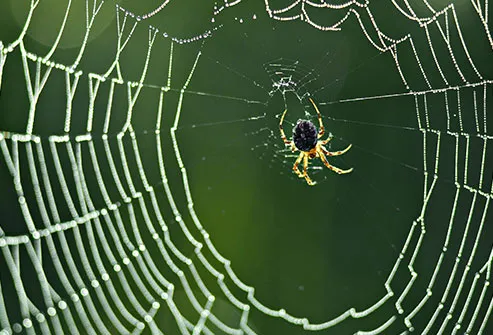
Are They Poisonous?
Spiders are blamed for all kinds of things that turn out to be skin infections or some other bug’s fault. Most don’t even have fangs long enough to break your skin. When they do bite, they're typically harmless. In the U.S., only the black widow and brown recluse have venom strong enough to really hurt you. And their bites are rarely deadly to humans.Οι περισσότερες αράχνες δεν είναι δηλητηριώδεις και προκαλούν μόνο ήπια συμπτώματα, όπως κοκκίνισμα του δέρματος, οίδημα και ελαφρύ πόνο στην περιοχή. Εάν αναπτύξετε μια αλλεργική αντίδραση σε δάγκωμα αράχνης, με συμπτώματα, όπως σφίξιμο στο στήθος, αναπνευστικά προβλήματα, δυσκολίες στην κατάποση, ή πρήξιμο στο πρόσωπο, θα πρέπει να πάτε επειγόντως στον γιατρό.
Ανάμεσα στα 50.000 διαφορετικά είδη αραχνών σε όλο των κόσμο, οι περισσότερες είναι αβλαβείς. Ωστόσο, κάποιες εγχέουν το δηλητήριο τους στο θύμα μέσω των κοίλων κυνoδόντων τους, που ευτυχώς, οι περισσότεροι κυνόδοντες είναι πολύ μικροί ή δεν είναι αρκετά ισχυροί για να διαπεράσουν το ανθρώπινο δέρμα. Φυσικά ορισμένα δαγκώματα αραχνών θα προκαλέσουν ένα μικρό κόκκινο οίδημα και φαγούρα και κάποια άλλα θα προκαλέσουν κεφαλαλγία, εξάνθημα, πόνο στις αρθρώσεις και τους μύες, μυϊκούς σπασμούς, ναυτία, εμετό, πυρετό και ρίγη. Πάντως, αν και πιθανά επώδυνο, το δάγκωμα από μη δηλητηριώδη αράχνη δεν είναι επικίνδυνο, αλλά πολλές φορές δεν είναι επικίνδυνο ούτε και το δάγκωμα της δηλητηριώδους αράχνης ανάλογα με το είδος .
(Στην Ελλάδα, υπολογίζεται ότι υπάρχουν 1.500 είδη αραχνών (856 επισήμως), με το μεγαλύτερο ποσοστό σε Κρήτη και τα νησιά του Αιγαίου (όπως η Λέσβος), ενώ 30% ζουν στο υγρό, παγωμένο περιβάλλον των ασβεστολιθικών σπηλαίων.Τα πιο κοινά δηλητηριώδη είδη είναι η «μαύρη χήρα» και η «λοξοσκέλη» (loxosceles).
Λοξόσκελη. Συναντάται στη Νότια Ελλάδα καθώς αγαπά τα ξηρά και πολύ ζεστά κλίματα. Πρόκειται για ένα πολύ κοινό είδος, που οι επιθέσεις του προκαλούν δερματονεκρωτικά προβλήματα. Πρόσφατη έρευνα της Ιατρικής Σχολής του πανεπιστημίου Κρήτης κατέγραψε μόνο 30 περιστατικά επιθέσεων την τελευταία 10ετία.
Μαύρη χήρα. Έχει μαύρο γυαλιστερό χρώμα. Βρίσκεται στην ύπαιθρο, μέσα σε βράχια, κάτω από πέτρες, αλλά κι ανάμεσα στις καλλιέργειες. Υπάρχουν γύρω στα 3 διαφορετικά είδη «μαύρης χήρας» στην Ελλάδα. Αν δεν προκληθεί, δεν επιτίθεται. Αν όμως κάποιος την απομακρύνει με άγριο τρόπο, τότε μπορεί να το κάνει.Τα συμπτώματα από το τσίμπημα της «μαύρης χήρας» μοιάζουν πολύ με αυτά της σκωληκοειδίτιδας, καθώς το δηλητήριό της είναι νευροτοξίνη, η οποία είναι δηλητηριώδης για το νευρικό σύστημα.
Οδηγίες
Η πρώτη κίνηση για τη θεραπεία είναι να καθαρίσετε την πληγή και να βάλετε πάγο αμέσως. Επίσης, για όλα τα δαγκώματα αραχνών, ένα αντιτετανικό συνιστάται. Το δάγκωμα από τις συγκεκριμένες 2 αράχνες θα πρέπει να αξιολογηθεί από έναν γιατρό. Αν το τσίμπημα είναι ήπιο, η θεραπεία περιλαμβάνει αναλγητικά, αντισταμινικά και αντιβιοτικά. Το δάγκωμα της μαύρης χήρας μπορεί να απαιτήσει ένα μυοχαλαρωτικό μέσω ενδοφλέβιας ή φαρμακευτική αγωγή για την προστασία από υψηλή πίεση του αίματος που προκαλεί το δηλητήριο.
Προληπτικά μέτρα. Η πρόληψη είναι το κλειδί για να αποφύγετε το δάγκωμα αράχνης. Αποφύγετε τις περιοχές όπου κατοικούν αράχνες και αν πέσετε πάνω σε ιστό αράχνης, προσέξτε να μην το πειράξετε, ούτε να προκαλέσετε την αράχνη.(Πηγή :iatropedia)
Κυπριακή ταραντούλα
Στην Κύπρο συναντούμε δύο είδη ταραντούλας, την κυπριακή ταραντούλα Chaetopelma karlamani που είναι και ενδημική της Κύπρου, δηλαδή υπάρχει μόνο στην Κύπρο και πουθενά αλλού στον κόσμο και τη μαύρη ταραντούλα Chaetopelma olivaceum. Τη μαύρη ταραντούλα εκτός από την Κύπρο τη συναντούμε στη Μέση Ανατολή, Τουρκία, Ισραήλ και σε μερικές αφρικανικές χώρες.Η ταραντούλα Chaetopelma karlamani είναι μικρότερη σε μέγεθος από την ταραντούλα Chaetopelma olivaceum και είναι πολύ πιο σπάνια από τη δεύτερη. Τα δύο είδη μοιάζουν πολύ μεταξύ τους και πολύ δύσκολα ξεχωρίζουν, μόνο με μικροσκοπική εξέταση μπορεί κάποιος να είναι βέβαιος. Τα αρσενικά είναι πάντα μικρότερα από τα θηλυκά. Πρόκειται για νυχτόβια είδη με χρώμα γκριζόμαυρο και τεράστια (σε σύγκριση με το σώμα τους) μαύρα δόντια. Σε περίπτωση που ενοχληθούν ανασηκώνονται στα πισινά τους πόδια παίρνοντας αμυντική στάση επιδεικνύοντας τα μεγάλα τους δόντια που περιτριγυρίζονται με κόκκινες τρίχες. Τρέφονται με μεγάλα έντομα όπως κατσαρίδες, σαρανταποδαρούσες, ακόμα και με μικρές σαύρες.Η μαύρη ταραντούλα Chaetopelma olivaceum είναι κοινό είδος στην Κύπρο και αποτελεί τη μεγαλύτερη αράχνη στην Κύπρο. Επίσης είναι η μεγαλύτερη ταραντούλα και από τα λίγα είδη ταραντούλας που συναντούμε στην Ευρώπη. Διαθέτουν δηλητήριο όπως και όλες οι αράχνες για να σκοτώνουν τα θηράματά τους. Το δηλητήριο τους δεν είναι επικίνδυνο για τον άνθρωπο σε περίπτωση δαγκώματος, αλλά αρκετά επώδυνο με πρήξιμο και έντονο πόνο
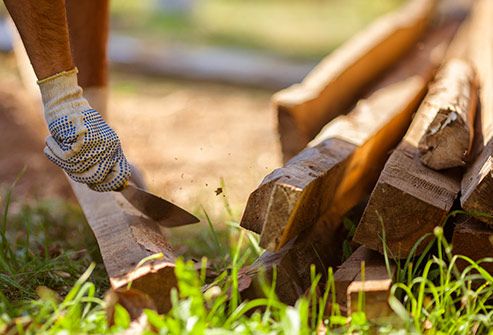
How to Prevent a Spider Bite
If you’re poking around in woodpiles, sheds, attics, and other areas, wear long sleeves and a hat, and tuck your pants into your socks. Make sure to shake out work gloves, boots, and clothes you haven’t used in a while, because spiders can hide in them, too. And don’t keep rocks, lumber, or firewood near your house. Inside, don’t put your bed directly against the wall, and don’t store things under it.SOURCE : WebMD

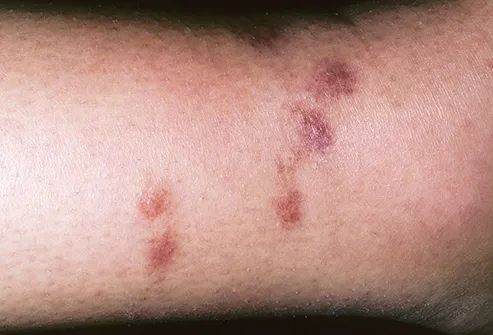
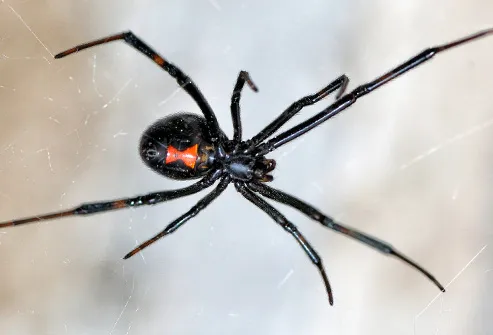
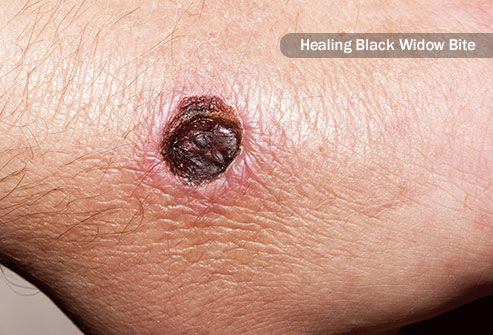
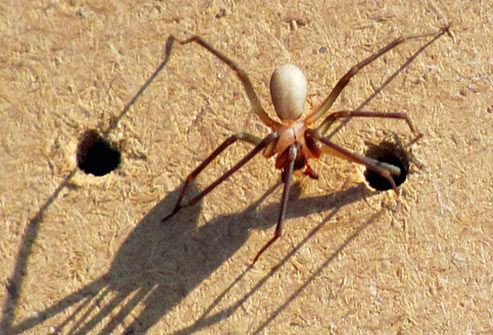
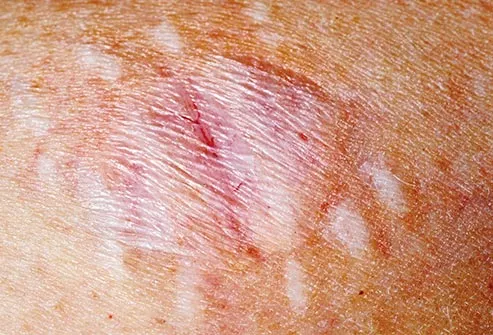
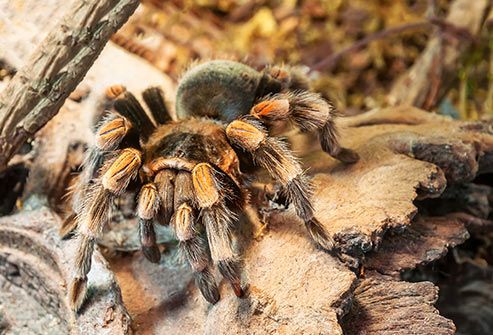
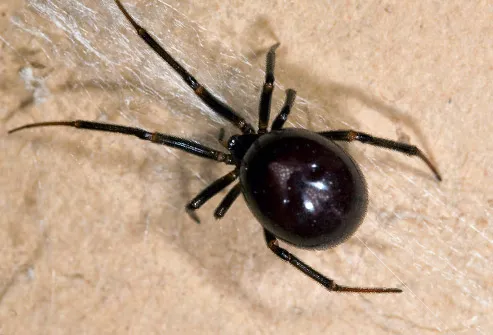

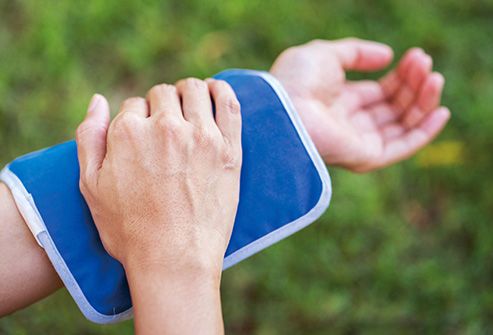


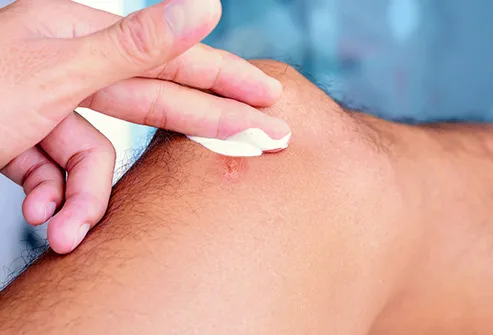



Δεν υπάρχουν σχόλια:
Δημοσίευση σχολίου